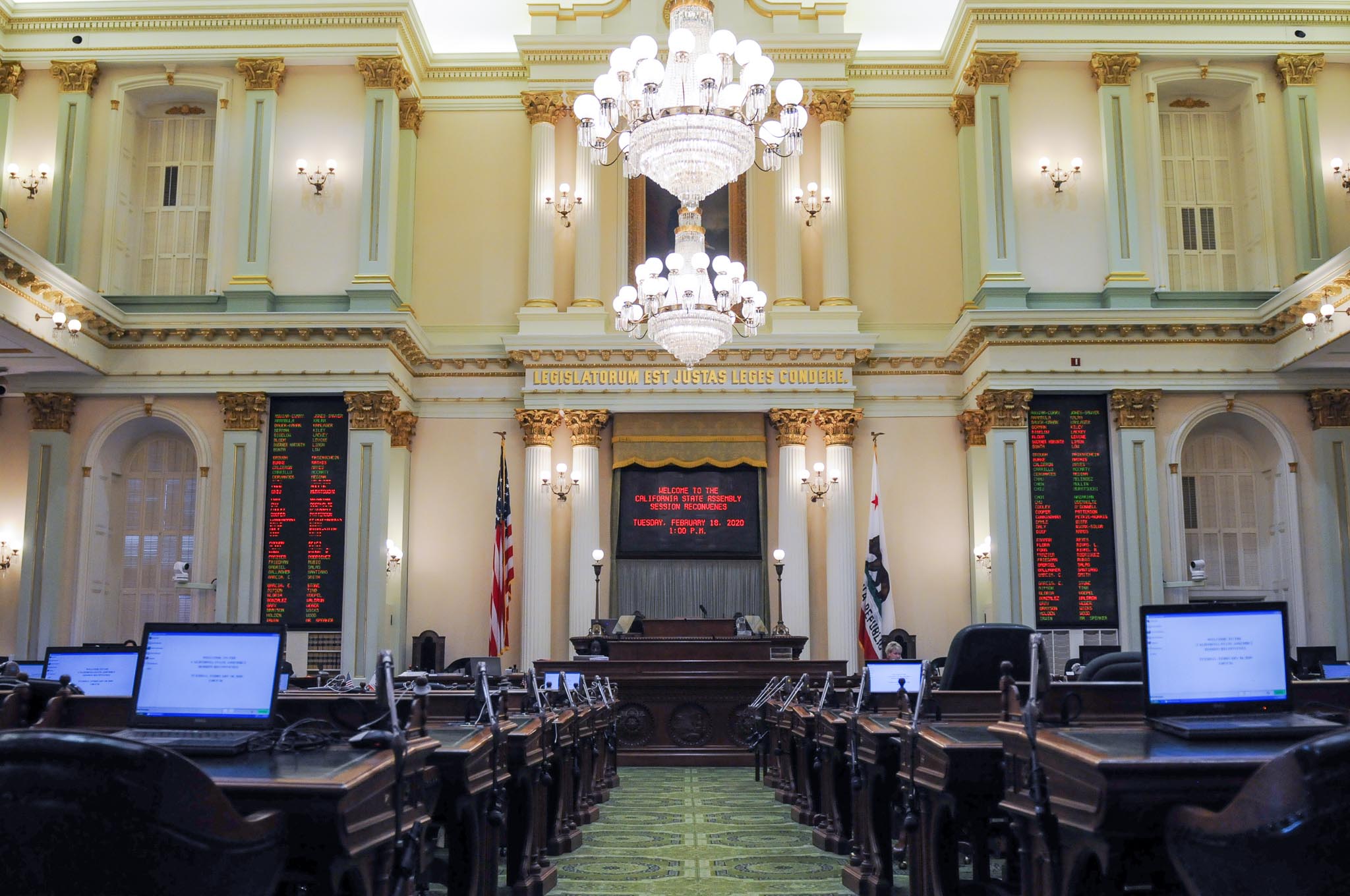
California State Capitol (Photo: Kevin Sanders for California Globe)
Frequently Asked Questions about Retroactivity of California Statutes
Can the Legislature declare that statutory changes are retroactive?
By Chris Micheli, June 27, 2024 2:30 am
Is a statute presumed to operate retroactively? In California, as in most states, a statute is presumed to operate prospectively.
How do California courts generally view applying a statute’s provisions? In Quarry v. Doe I (2012) 53 Cal.4th 945, 955, the state Supreme Court explained that, in construing statutes, there is a presumption against retroactive application, unless the Legislature plainly has directed otherwise by means of express language of retroactivity or other sources that provide a clear and unavoidable implication that the Legislature intended retroactive application of the statute.
What does state law provide regarding application of statutes? The California Civil Code, for example, includes a specific codification of this general principle by stating in Section 3, “No part of this Code is retroactive, unless expressly so declared.”
How are statutes generally applied when creating new rules? As a court of appeal explained, the presumption against retroactivity applies with particular force to laws creating new obligations, imposing new duties, or exacting new penalties because of past transactions. In re Marriage of Reuling (1994) 23 Cal. App. 4th 1428, 1439.
How has the state’s high court explained retroactivity of statutes? The California Supreme Court explained that the general rule in this state is that, if the Legislature clearly indicated its intent that an amendment to a statute is to be applied retroactively, then a court generally must honor that intent unless there is a constitutional objection to doing so. “The presumption against statutory retroactivity has consistently been explained by reference to the unfairness of imposing new burdens on persons after the fact.”
Can a statute apply retroactively? Yes, for example, “[A] statute’s retroactivity is, in the first instance, a policy determination for the Legislature and one to which courts defer absent ‘some constitutional objection’ to retroactivity.” Myers, 28 Cal.4th at p. 841, 123. As such, the basic rule in California is that “a statute may be applied retroactively only if it contains express language of retroactivity or if other sources provide a clear and unavoidable implication that the Legislature intended retroactive application.” Id.
What has the state’s high court said about legislative intent on retroactivity? The California Supreme Court has made the statement that “where a statute provides that it clarifies or declares existing law, ‘[i]t is obvious that such a provision is indicative of a legislative intent that the amendment applies to all existing causes of action from the date of its enactment. In accordance with the general rules of statutory construction, we must give effect to this intention unless there is some constitutional objection thereto’.” Western Security Bank, 15 Cal.4th at p. 244.
What do state courts look for in the statutory language? California courts look to the text of the bill and legislative materials to determine whether the later enacted bill made a change in the law or whether the later enacted bill clarified existing law.
What happens if a court views the statutory language as clarifying existing law? If the bill represents a clarification of existing law, then the bill is applied to all instances, both retroactively and prospectively.
What happens if a court views the statutory language as changing existing law? If the bill enacts a change in the law, then the court looks to determine whether the Legislature intended for the law change to be applied retroactively. In this regard, the court basically asks, did the Legislature make a clear intent to apply the amendment retroactively?
What are the three main points of guidance from California courts on retroactivity of state statutes? The three main points that provide guidance to lawmakers and bill drafters when attempting to make retroactive changes to California statutes are the following:
- Did the Legislature enact the change in law promptly after the adverse court decision? In most instances, the legislative change needs to be made within a few months of the court decision.
- Has the Supreme Court rendered a final decision? If yes, then the legislative enactment is most likely to be deemed only prospective in application.
- Is there some amount of ambiguity in the statute that was amended? The courts are usually more inclined to allow a retroactive law change when an ambiguous statute was amended by the Legislature.
Can the Legislature declare that statutory changes are retroactive? The Legislature does have the authority to retroactively declare that certain statutory changes can be applied retroactively, but only in certain specified instances. The most important point is that the California Supreme Court must not have ruled on the statute in question. Otherwise, the Legislature can only make a prospective change in the law.
- Partition of Property in California - December 15, 2025
- Relief from Child Support Orders - December 14, 2025
- County Harbor Improvement - December 14, 2025




